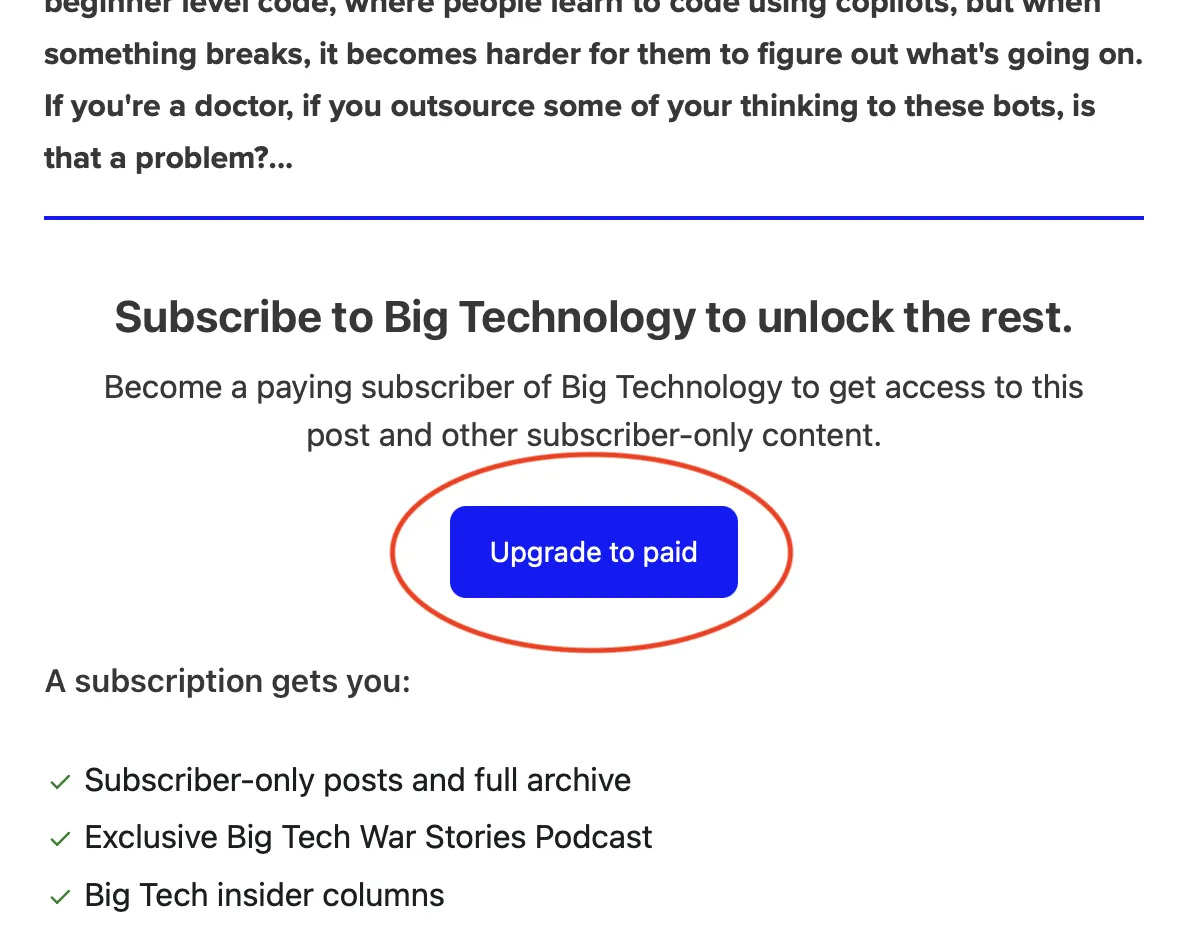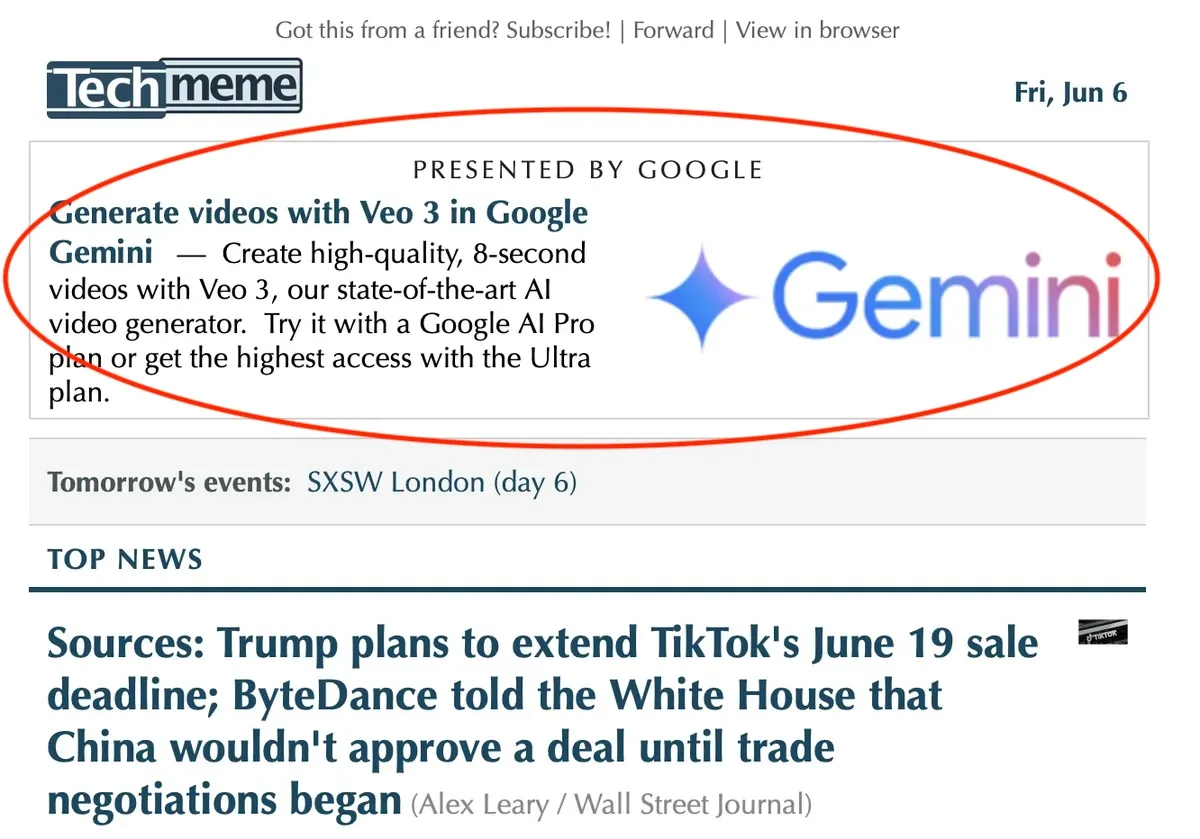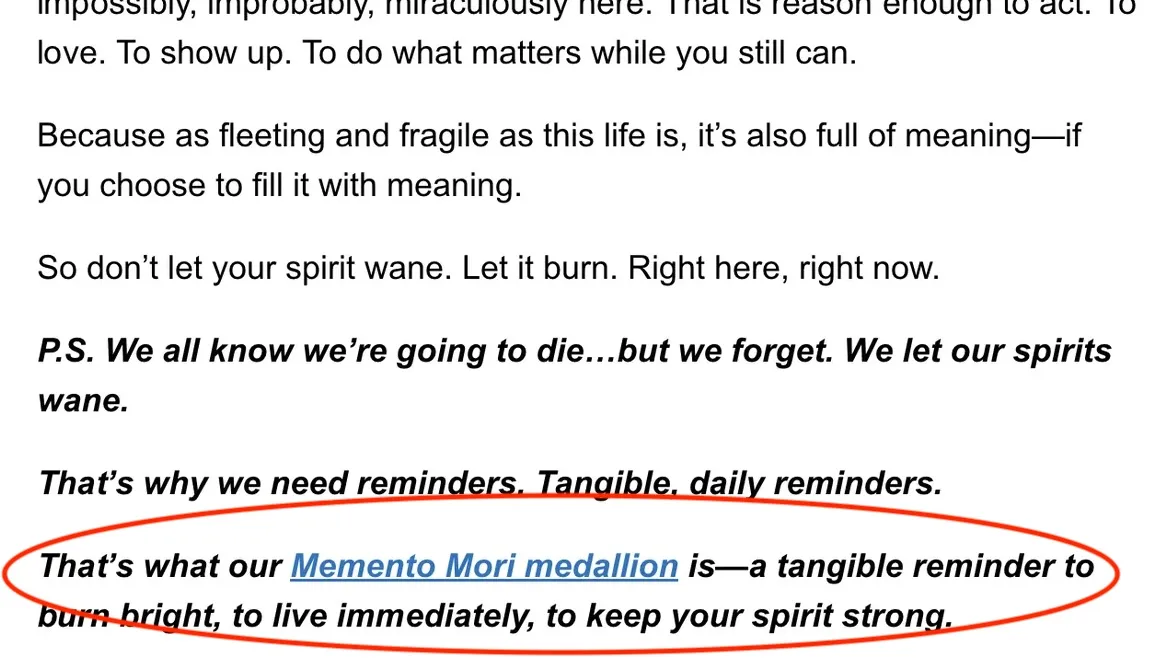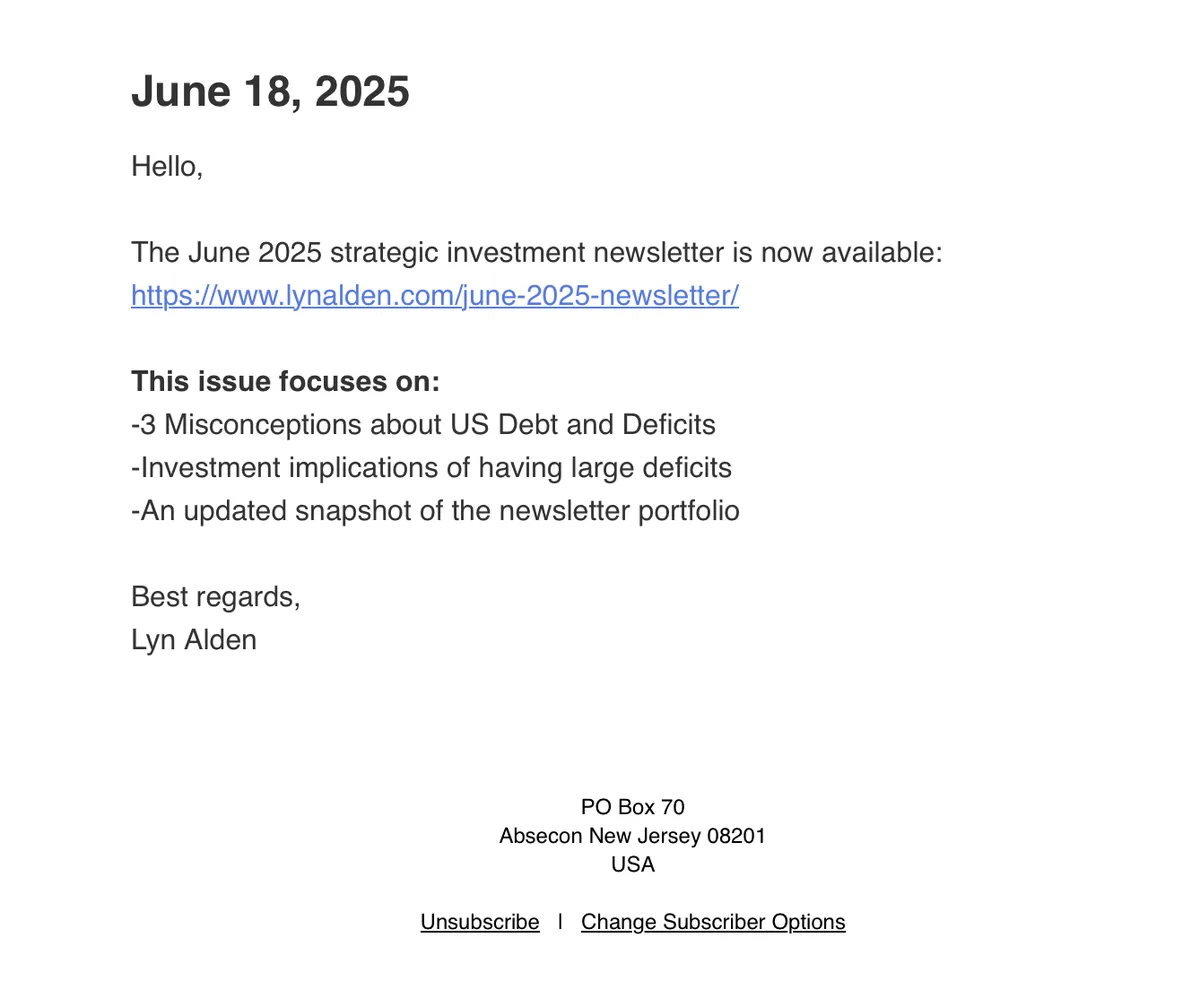Newsletter Issues
Last updated 3 months, 1 week ago

Let me try to convince you to unsubscribe from my newsletter.
For a while, I kind of wanted a newsletter! Everyone has one—newsletters are cool! They're an elegant outlet for consistent writing and a functional medium for exploring a topic. I firmly believe writing helps refine thinking; and further—writing publicly forces a certain ownership over your output and quality that a journal does not1. It's a great channel for all the reasons I write (plus it’s cool to tell people you have one)!
But writing a newsletter comes with some unlucky incentives and for those reasons, I'm out.
Why Newsletters are Wrong For Creative Writers
When the answer to the desire to write is newsletter, success becomes defined by the metrics of the medium: clicks, opens, and subscribers.
- Metrics drive the behavior of the writer, and content of the newsletter.
- Newsletters compete against one another for attention.
- Competition turns the inbox into a marketplace.
- In a competitive marketplace, newsletters optimize for subscribers and engagement.
Market forces turn writing a newsletter from an exercise in creativity to audience acquisition and metrics management. Capitalizing on the need, relatively new platforms like Substack and Ghost simplify the process of writing, publishing, and distributing a newsletter. They encourage writing frequently and growing your subscriber base, because it's how they make money.
In the typical silicon-valley flywheel/hypergrowth/network-effects fashion, these platforms are designed to reduce as much friction as possible, allowing anyone to send a lot of email. And recent trends with AI make sending volume email even easier. This dilutes email quality, because quality was never the goal. To the reader, this dynamic gamifies the relationship. It’s extractive: creators become collectors, and readers become something to be acquired.
After unwittingly beginning my own collection of subscribers in 2023, I’ve often felt subtly conflicted. As if something about what I was doing was at odds with my original purpose, which was writing for its own sake.
Jerry Saltz, a New York Magazine senior art critic, said it even better when responding to a $250,000 offer to start a newsletter:
I think it’s fishy to always be barking to your readers to subscribe. I think it is not my real work to write fir [sic] “subscribers.” My only work is to write for the reader. I do NOT want a ore-screens [sic] paying audience who already reads it likes me. I want to reach strangers; be loved and hated by strangers; talk about art to anyone any where any how. I like being in my huge department store @Nymag where people find me who have no idea who I am or what I do or even thought about art before. As much as I would love to be able to live like a human being and not three paychecks away oblivion- there is no way I could take the Substack offer because, as lucky as I am to be offered it, the only reason I would do it is … fir [sic] the money.
That resonates.
The Business of Newsletters
The final metric I've yet to mention is central to Saltz's post: revenue. What do I do if that’s not my goal?
The unfortunate reality is: most folks do have that goal, they write newsletters to make money. Even with a noble cause, you still need to make money somehow, right? And, for the less noble causes: subscribers are a valuable commodity. At a certain subscriber count, resisting monetization becomes almost impossible.
Roughly, this happens in three ways: through paid subscribers, advertising, and selling stuff.
Paid Subscribers
The most direct relationship, readers give the creator money, creators give readers a newsletter. Ben Thompson's Stratechery is the original success that inspired this in its modern form2. Substack, the modern email newsletter service that lets anyone start a one, effectively based their company on Ben's framework: it was "Stratechery-in-a-box".
Later, companies like Beehiiv and Ghost also popped up to fill in the gaps and provide less hateful alternatives.
The ask in the newsletter is often shaped as a big bold button, which promises to unlock the full text.

Great if you can afford it; but a $1-$10/month subscription for a newsletter isn't something that scales, especially compared to the $1.5 billion of content that Netflix gives you for every dollar you spend with them.
Advertising
Just like old school Adsense, this is an ad slot to shill someone else's stuff in a newsletter. This is obvious and there's not much to say about it.
Here's an example:

Selling Your Stuff
Merch, books, trinkets, or digital content (seminars, how-to guides, etc.)—a newsletter that funnels readers to the purchase of products that complement the content.
The Daily Stoic does an excellent job at this3, selling medallions, calendars, books, and other stoicism-related keepsakes.

Everyone Is Monetizing
You'd be hard-pressed to find a newsletter today that isn't monetizing subscribers. It's why virtually all newsletters go to the promotions tab in Gmail, because that's what they are.
It's unfortunate, but necessary that savvy readers approach newsletters as they do most other forms of advertisements: tolerant skepticism or outright avoidance. This is especially true because newsletters do a better job keeping the content native.
Habits are...habitual! Therefore, growing an audience that you’re not trying to profit from requires the additional challenge of changing deeply-ingrained behaviors, because by default most readers treat newsletters as if you are—monetization or not.
My Journey: Email is a Battlefield—You Can't Go It Alone
A quick aside on how email works today and my experience running a small newsletter.
Simply put: without basic safeguards, email becomes functionally useless. There's just so much spam, marketing, and now AI slop. To combat this, email service providers put a lot of protections in place which make getting real email into someone's inbox difficult.
It's an arms race. Protections for email inboxes vs. creative spam strategies and aggressive marketing. Legitimate email is caught in the middle, requiring use of a third-party provider, much like hiring a guide to explain the unusual customs of a foreign country.
To name just a few customs, you have:
- SPF (Sender Policy Framework): Ensures the sender’s IP is authorized to send emails on behalf of the domain.
- DMARC (Domain-based Message Authentication, Reporting, and Conformance): Provides a policy for how receiving servers should handle failed SPF/DKIM checks and offers reporting for domain owners.
- ARC (Authenticated Received Chain): Helps preserve authentication results when an email passes through intermediaries like forwarders or mailing lists.
- Dedicated IP Addresses: Assigns a unique IP to a sender to isolate and manage reputation independently.
- IP Warm-up: Gradually increases the volume of emails sent from a new IP to build trust with receiving servers.
- Reverse DNS (rDNS) Records: Associates IP addresses with domain names to confirm legitimacy; missing rDNS is a spam flag.
- FBL (Feedback Loop) Integration: Automatically unsubscribes users who report emails as spam through ISPs.
- IP and Domain Reputation Monitoring: Tracks how ISPs and spam filters perceive your IP and domain to maintain good standing.
- Bounce Management: Removes or suppresses addresses that return permanent errors (hard bounces).
- Spam Complaint Handling: Processes spam reports and ensures those recipients don’t receive future emails.
- Spam Filter Testing and Scoring: Analyzes content for spammy language, formatting issues, and known triggers.
- Throttling and Rate Limiting: Spreads out email delivery to avoid flooding recipient servers.
- Unsubscribe Link and Header Inclusion: Complies with laws and lowers spam complaints by making opt-outs easy.
Tool Fatigue
Picking out my guide brought its own challenges. There's a lot of tools for sending email, each with their own benefits and drawbacks. Like everyone else, I wanted something fast, good, and cheap.
I already mentioned Substack and Ghost; but I originally started with EmailOctopus. It's a smaller provider focused on quality, deliverability, and user privacy; a fresh alternative to Mailchimp.
Email Octopus
- Benefit: Free to use up to 2,500 subscribers!
- Drawback: I draft new articles in markdown, and EmailOctopus required manual translation of markdown content ➡️ HTML (this didn't always go well, and I'd frequently catch things that didn't display correctly).

Buttondown
Craving a bit more automation, I moved to Buttondown. It promised some cool tools, like using your RSS feed to automate sending your newsletter when publishing.
- Benefit: Zero effort publishing and no manual translation of markdown!
- Drawback: Free only for your first 100 subscribers, and many features (like RSS feed publishing) required a subscription.
There’s no free lunch, it seems.
What's Next?
There's one newsletter I’m subscribed to that always catches my attention.
It looks like this:

That's it! That's the email.
It's from Lyn Alden4. It might be one of the only newsletters I get that isn't aggressively monetizing itself5. Comparatively, a short email with a link to her website feels like a breath of fresh air. Moreover, directing people to her website:
- Removes the risk of formatting and display issues in various email platforms.
- Provides basic, but not-so-intrusive6 metrics about whose reading her stuff.
- Helps readers differentiate something real from spam/marketing/slop.
In its simplicity, Lyn shifts the focus from the newsletter to the writing. If you're going to send an email at all, I think this is something to be modeled.
- Email functions as a notification for those that want it, not a newsletter.
- The writing does not seek the reader; rather, readers seek the writing.
I'm going to try this! Email as a notification for those that want it, but not a destination. Instead, for a destination—why not try using a dedicated RSS reader? Or, remember when you use to browse the internet and swing by sites you remembered to see if there was anything new? 😳
Digital Narcissism and The Agency of Others
Most newsletters today fall victim to the same trappings as modern social media. They're performative and engagement-driven. Subscribe to enough, and they begin to encourage the same sort of endless doomscrolling and algorithmic echo chambers as Instagram and TikTok. They encourage time-sliced attention (i.e - this is a 2-minute read), surveillance, and create parasocial relationships. They center creators in their own universe with readers in orbit, in an unassuming but persistent digital narcissism.
Like most creators today, I expect what I write will be enjoyed by some, critiqued by others, and ignored by most—this is the way. But unlike most creators today, absent the trappings of a newsletter, I'm excited to return to the time-tested motivations of authentic artists: creation for the act itself, not the applause. I look forward to reclaiming writing for its own sake, and getting back to what it's always been about for me—making the words matter.
If you agree with me—go ahead and hit that unsubscribe link. Your inbox (and I) will thank you.
At least, given my tendencies toward perfectionism, it does for me!↩
Paid newsletters existed before, but were directed more towards industry insiders.↩
Which makes sense because Ryan Holiday was originally a clever marketer for American Apparel helping create viral marketing campaigns.↩
She writes a fantastic, free investment newsletter, and if you're interested at all in investments, it's worth your time.↩
Technically, Lyn has a premium subscription, but she doesn't push that anywhere in the newsletter or the email itself. Her newsletter is truly just free!↩
Seriously, you won't believe how good email marketers are at surveilling your email.↩